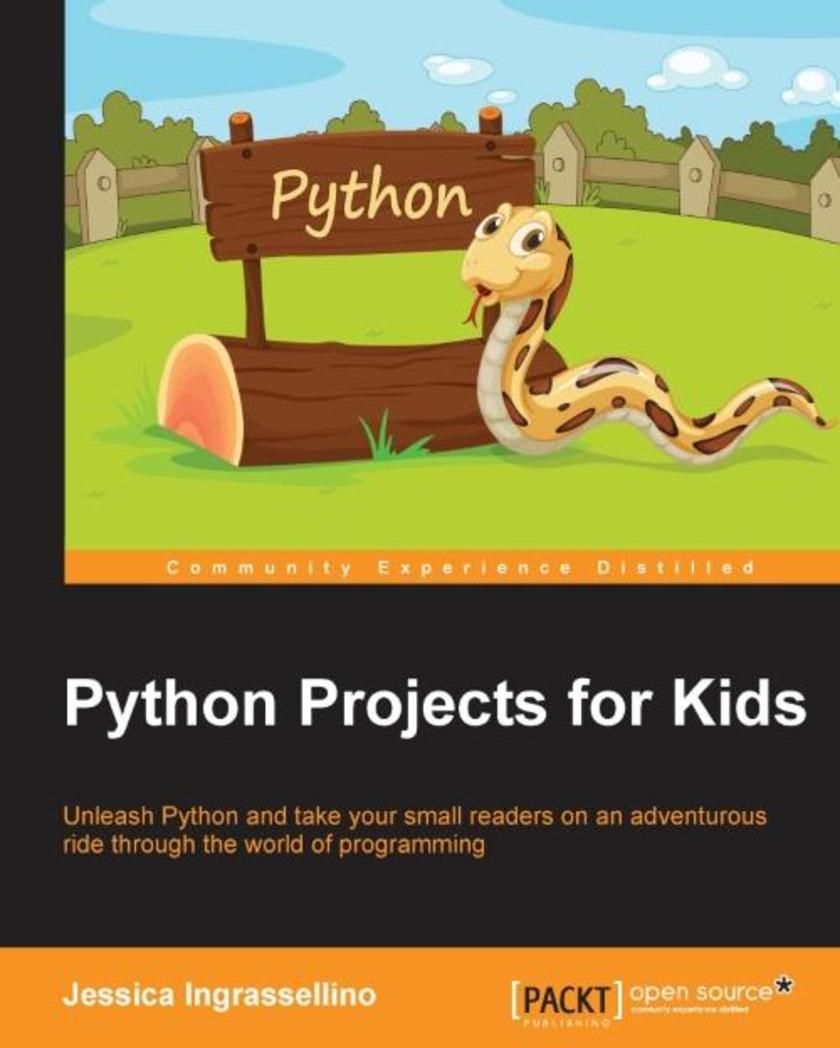
Python Projects for Kids
¥63.21
Unleash Python and take your small readers on an adventurous ride through the world of programming About This Book Learn to start using Python for some simple programming tasks such as doing easy mathematical calculations. Use logic and control loops to build a nice interesting game. Get to grips with working with data and, once you're comfortable with that, you'll be introduced to Pygame, which will help you wrap up the book with a cool game. Who This Book Is For This book is for kids (aged 10 and over). This is book is intended for absolute beginners who lack any knowledge of computing or programming languages and want to get started in the world of programming. What You Will Learn Start fiddling with Python's variables, build functions and interact with users Build your own calculator using the Math Library Train Python to make logical decisions Work with moving 2D objects on-screen Understand the Pygame Library and build your very own game! Write a cool program to manage inventories in your backpack In Detail Kids are always the most fast-paced and enthusiastic learners, and are naturally willing to build stuff that looks like magic at the end (when it works!). Programming can be one such magic. Being able to write a program that works helps them feel they've really achieved something. Kids today are very tech-savvy and cannot wait to enter the fast-paced digital world. Because Python is one of the most popular languages and has a syntax that is quite simple to understand, even kids are eager to use it as a stepping stone to learning programming languages. This book will cover projects that are simple and fun, and teach kids how to write Python code that works. The book will teach the basics of Python programming, installation, and so on and then will move on to projects. A total of three projects, with each and every step explained carefully, without any assumption of previous experience. Style and approach The book will take a light approach in guiding the little readers through the world of Python. The main idea is to teach by example and let the readers have as much exercises to do, so that they learn faster and can apply their own ideas to the existing examples. The book should get them thinking, by the end, on where they can go next with such a powerful tool at their disposal.
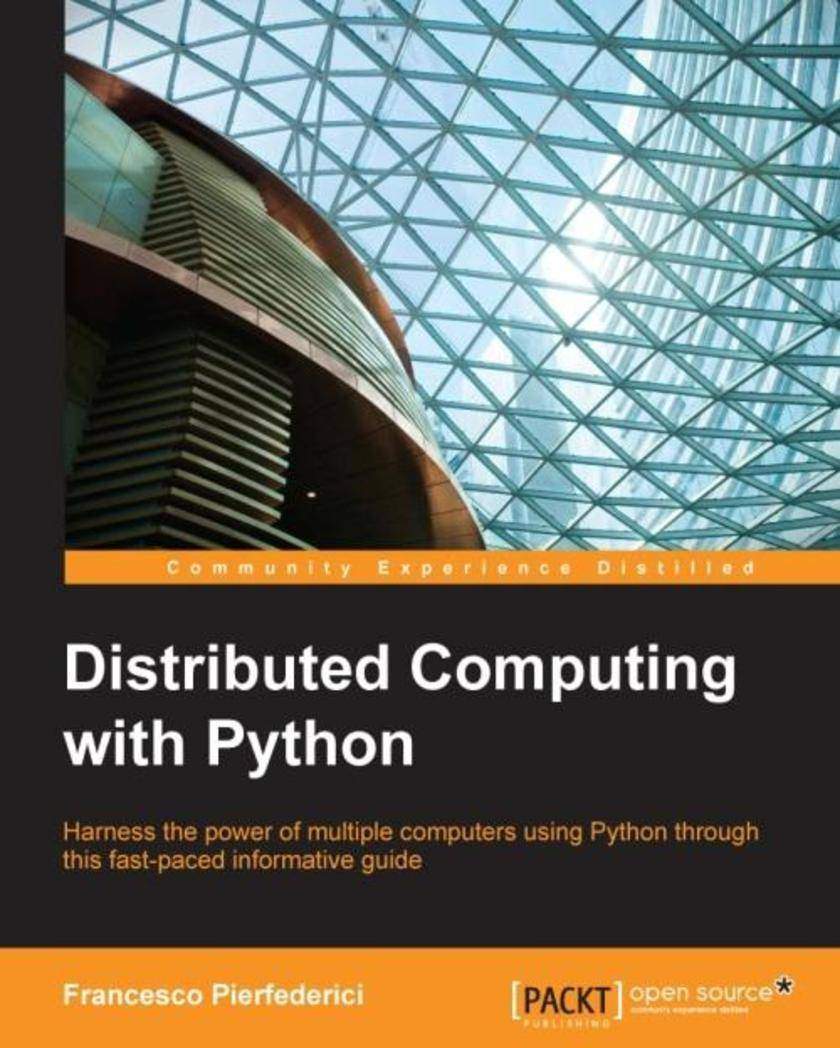
Distributed Computing with Python
¥63.21
Harness the power of multiple computers using Python through this fast-paced informative guide About This Book You'll learn to write data processing programs in Python that are highly available, reliable, and fault tolerant Make use of Amazon Web Services along with Python to establish a powerful remote computation system Train Python to handle data-intensive and resource hungry applications Who This Book Is For This book is for Python developers who have developed Python programs for data processing and now want to learn how to write fast, efficient programs that perform CPU-intensive data processing tasks. What You Will Learn Get an introduction to parallel and distributed computing See synchronous and asynchronous programming Explore parallelism in Python Distributed application with Celery Python in the Cloud Python on an HPC cluster Test and debug distributed applications In Detail CPU-intensive data processing tasks have become crucial considering the complexity of the various big data applications that are used today. Reducing the CPU utilization per process is very important to improve the overall speed of applications. This book will teach you how to perform parallel execution of computations by distributing them across multiple processors in a single machine, thus improving the overall performance of a big data processing task. We will cover synchronous and asynchronous models, shared memory and file systems, communication between various processes, synchronization, and more. Style and Approach This example based, step-by-step guide will show you how to make the best of your hardware configuration using Python for distributing applications.
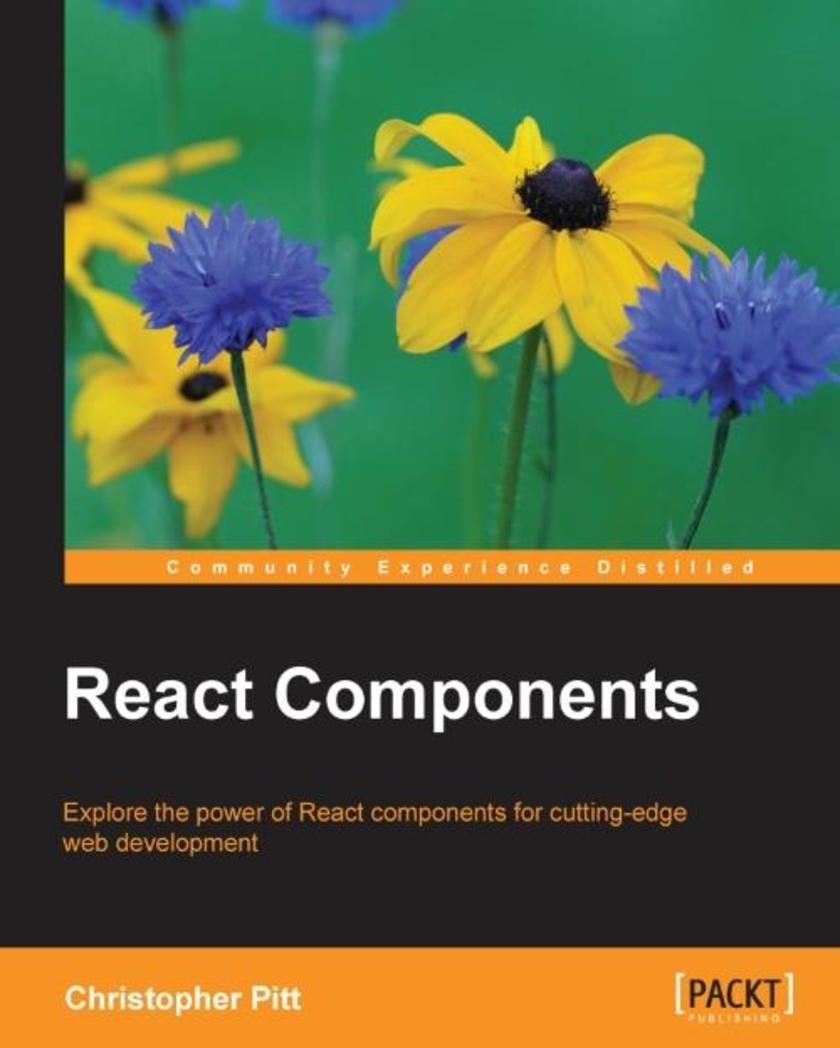
React Components
¥63.21
Explore the power of React components for cutting-edge web development About This Book Learn to build better websites by creating a variety of different components in React Conceptualize the design and build maintainable web apps with the help of components A fast-paced guide to help you learn about component-based development in React Who This Book Is For This book is ideal for developers who are familiar with the basics of React and are looking for a guide to building a wide range of components as well as develop component-driven UIs. What You Will Learn How to structure an app into components Working with nested components Work with nested components Set up communication across components Style the existing components Work with Material Design as a component Render components on the server Make the best of design patterns Make the app pluggable In Detail The reader will learn how to use React and its component-based architecture in order to develop modern user interfaces. A new holistic way of thinking about UI development will establish throughout this book and the reader will discover the power of React components with many examples. After reading the book and following the example application, the reader has built a small to a mid-size application with React using a component based UI architecture. The book will take the reader through a journey to discover the benefits of component-based user interfaces over the classical MVC architecture. Throughout the book, the reader will develop a wide range of components and then bring them together to build a component-based UI. By the end of this book, readers would have learned several techniques to build powerful components and how the component-based development is beneficial over regular web development. Style and approach This book is a compact, example-driven guide that provides a step-by-step approach.
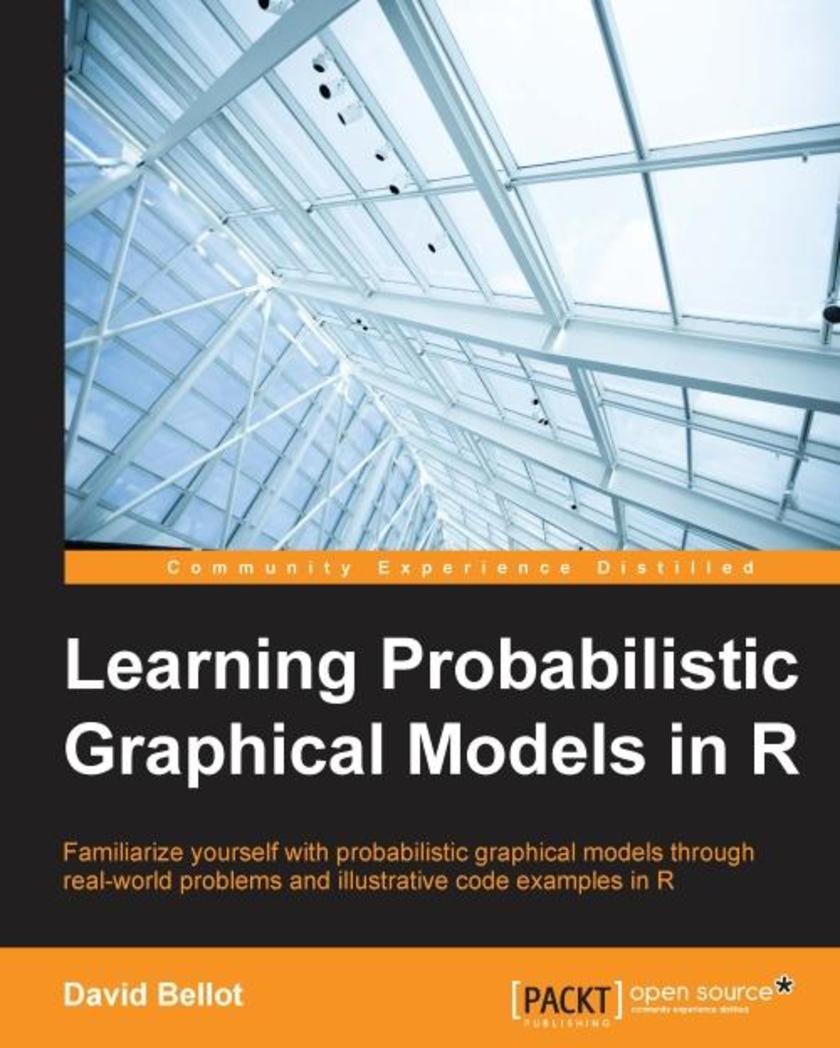
Learning Probabilistic Graphical Models in R
¥63.21
Familiarize yourself with probabilistic graphical models through real-world problems and illustrative code examples in R About This Book Predict and use a probabilistic graphical models (PGM) as an expert system Comprehend how your computer can learn Bayesian modeling to solve real-world problems Know how to prepare data and feed the models by using the appropriate algorithms from the appropriate R package Who This Book Is For This book is for anyone who has to deal with lots of data and draw conclusions from it, especially when the data is noisy or uncertain. Data scientists, machine learning enthusiasts, engineers, and those who curious about the latest advances in machine learning will find PGM interesting. What You Will Learn Understand the concepts of PGM and which type of PGM to use for which problem Tune the model’s parameters and explore new models automatically Understand the basic principles of Bayesian models, from simple to advanced Transform the old linear regression model into a powerful probabilistic model Use standard industry models but with the power of PGM Understand the advanced models used throughout today's industry See how to compute posterior distribution with exact and approximate inference algorithms In Detail Probabilistic graphical models (PGM, also known as graphical models) are a marriage between probability theory and graph theory. Generally, PGMs use a graph-based representation. Two branches of graphical representations of distributions are commonly used, namely Bayesian networks and Markov networks. R has many packages to implement graphical models. We’ll start by showing you how to transform a classical statistical model into a modern PGM and then look at how to do exact inference in graphical models. Proceeding, we’ll introduce you to many modern R packages that will help you to perform inference on the models. We will then run a Bayesian linear regression and you’ll see the advantage of going probabilistic when you want to do prediction. Next, you’ll master using R packages and implementing its techniques. Finally, you’ll be presented with machine learning applications that have a direct impact in many fields. Here, we’ll cover clustering and the discovery of hidden information in big data, as well as two important methods, PCA and ICA, to reduce the size of big problems. Style and approach This book gives you a detailed and step-by-step explanation of each mathematical concept, which will help you build and analyze your own machine learning models and apply them to real-world problems. The mathematics is kept simple and each formula is explained thoroughly.
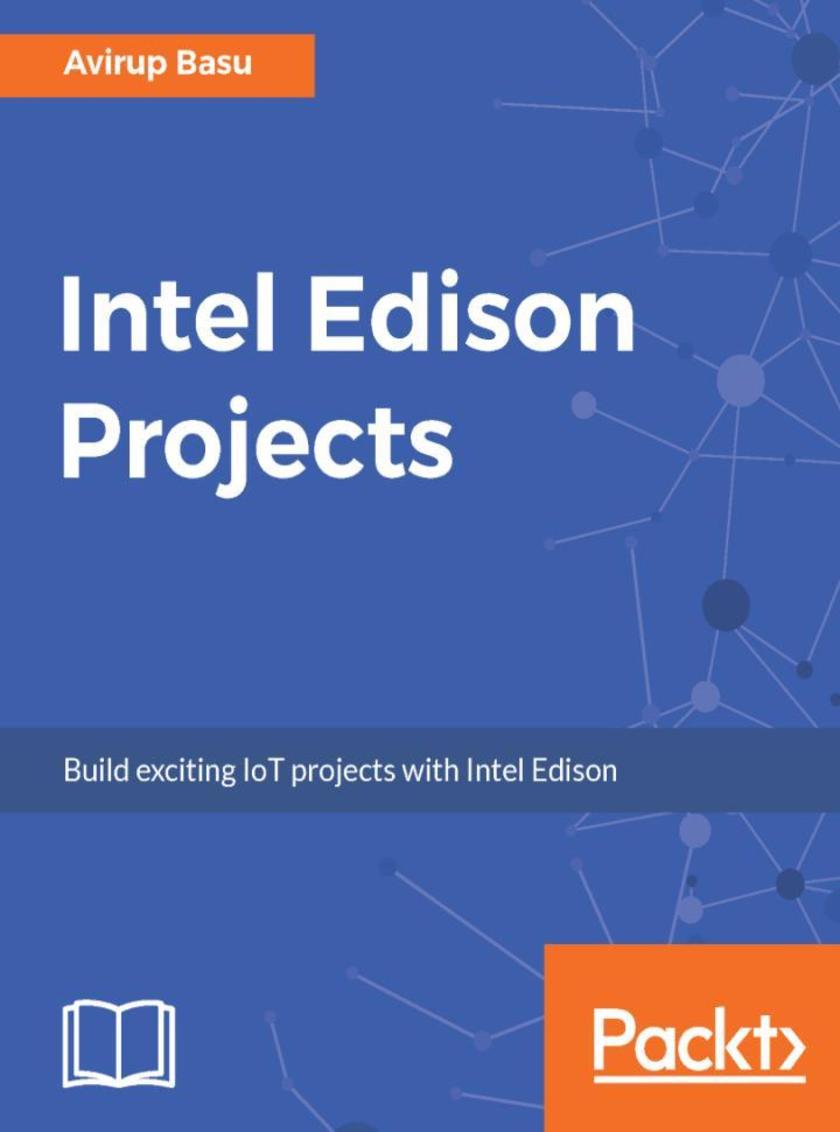
Intel Edison Projects
¥63.21
Build powerful Robots and IoT solutions using Intel Edison About This Book ? Learn to build advanced level robots with Intel Edison and Arduino ? Efficiently build and program home automation and IoT projects with Intel Edison ? Master the skills of creating enticing projects with Intel Edison. Who This Book Is For If you are a hobbyist, robot engineer, IoT enthusiast, programmer, or developer who wants to create autonomous projects with Intel Edison, then this book is for you. Prior programming knowledge would be beneficial. What You Will Learn ? Program your device using the Arduino processor language, Python, and Node.js ? Interface different sensors with the Intel Edison ? Build a home automation system using MQTT, Android, and WPF ? Perform face detection using Intel Edison ? Develop a high-speed line follower robot ? Control a robot using a PC application and an custom controller In Detail Change the way you look at embedded electronics with Intel Edison. It is a small computing platform packed with a set of robust features to deliver hands-on performance, durability, and software support. This book is a perfect place to kickstart development and rapid prototyping using Intel Edison. It will start by introducing readers to the Intel Edison board and explaining how to get started with it. You will learn how to build a mini weather station, which will help you to acquire temperature and smoke level and push it to the IoT platform. Then you will see how to build a home automation device and control your appliances using an Android app. Furthermore, we will build a security system using a webcam to detect faces and perform voice recognition. Toward the end, the book will demonstrate how you can build two robots, which will be based on different line sensing sensors and can be controlled by a PC. The book will guide the readers through each and every step of execution of a project, using Intel Edison. Style and approach A project-based guide that will take the readers through various domains of projects like robotics, IoT and so on.
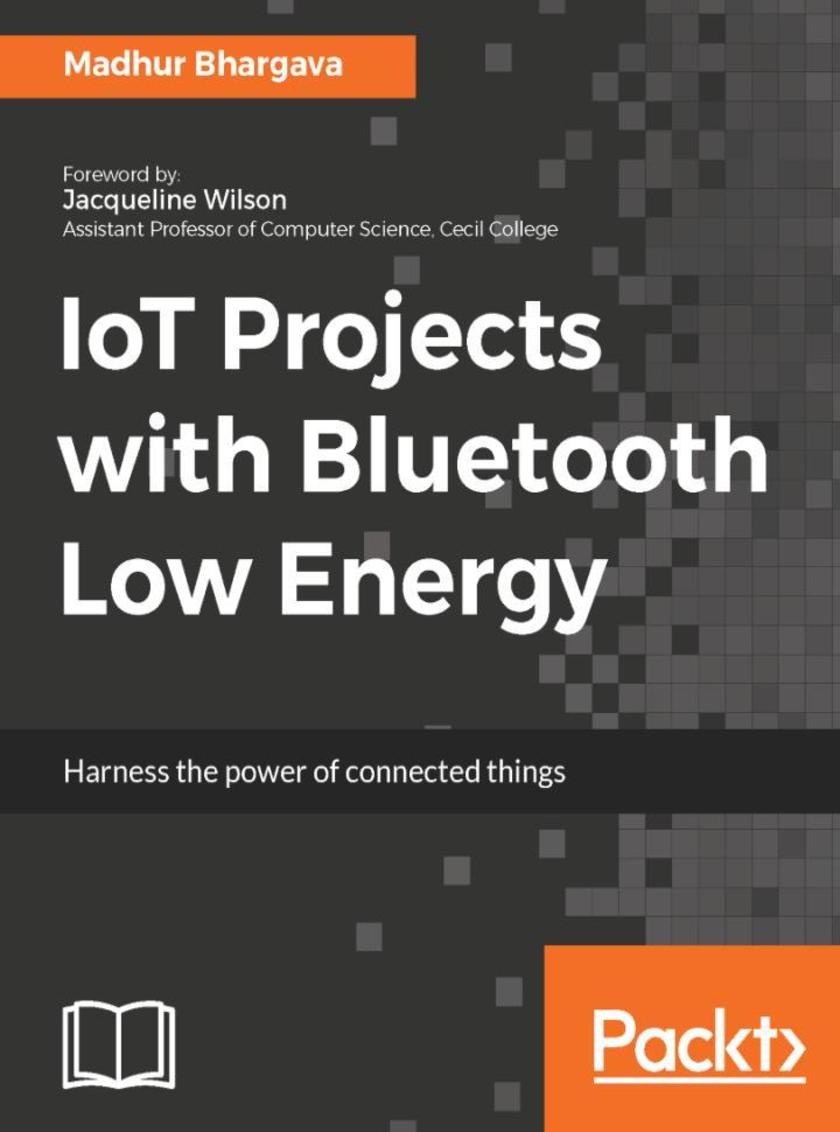
IoT Projects with Bluetooth Low Energy
¥63.21
Use the power of BLE to create exciting IoT applications About This Book ? Build hands-on IoT projects using Bluetooth Low Energy and learn about Bluetooth 5 and its features. ? Build a health tracking system, and indoor navigation and warehouse weather monitoring projects using smart devices. ? Build on a theoretical foundation and create a practice-based understanding of Bluetooth Low Energy. Who This Book Is For If you're an application developer, a hardware enthusiast, or just curious about the Internet of Things and how to convert it into hands-on projects, then this book is for you. Having some knowledge of writing mobile applications will be advantageous. What You Will Learn ? Learn about the architecture and IoT uses of BLE, and in which domains it is being used the most ? Set up and learn about various development platforms (Android, iOS, Firebase, Raspberry Pi, Beacons, and GitHub) ? Create an Explorer App (Android/iOS) to diagnose a Fitness Tracker ? Design a Beacon with the Raspberry Pi and write an app to detect the Beacon ? Write a mobile app to periodically poll the BLE tracking sensor ? Compose an app to read data periodically from temperature and humidity sensors ? Explore more applications of BLE with IoT ? Design projects for both Android and iOS mobile platforms In Detail Bluetooth Low Energy, or Bluetooth Smart, is Wireless Personal Area networking aimed at smart devices and IoT applications. BLE has been increasingly adopted by application developers and IoT enthusiasts to establish connections between smart devices. This book initially covers all the required aspects of BLE, before you start working on IoT projects. In the initial stages of the book, you will learn about the basic aspects of Bluetooth Low Energy—such as discovering devices, services, and characteristics—that will be helpful for advanced-level projects. This book will guide you through building hands-on projects using BLE and IoT. These projects include tracking health data, using a mobile App, and making this data available for health practitioners; Indoor navigation; creating beacons using the Raspberry Pi; and warehouse weather Monitoring. This book also covers aspects of Bluetooth 5 (the latest release) and its effect on each of these projects. By the end of this book, you will have hands-on experience of using Bluetooth Low Energy to integrate with smart devices and IoT projects. Style and approach A practical guide that will help you promote yourself into an expert by building and exploring practical applications of Bluetooth Low Energy.
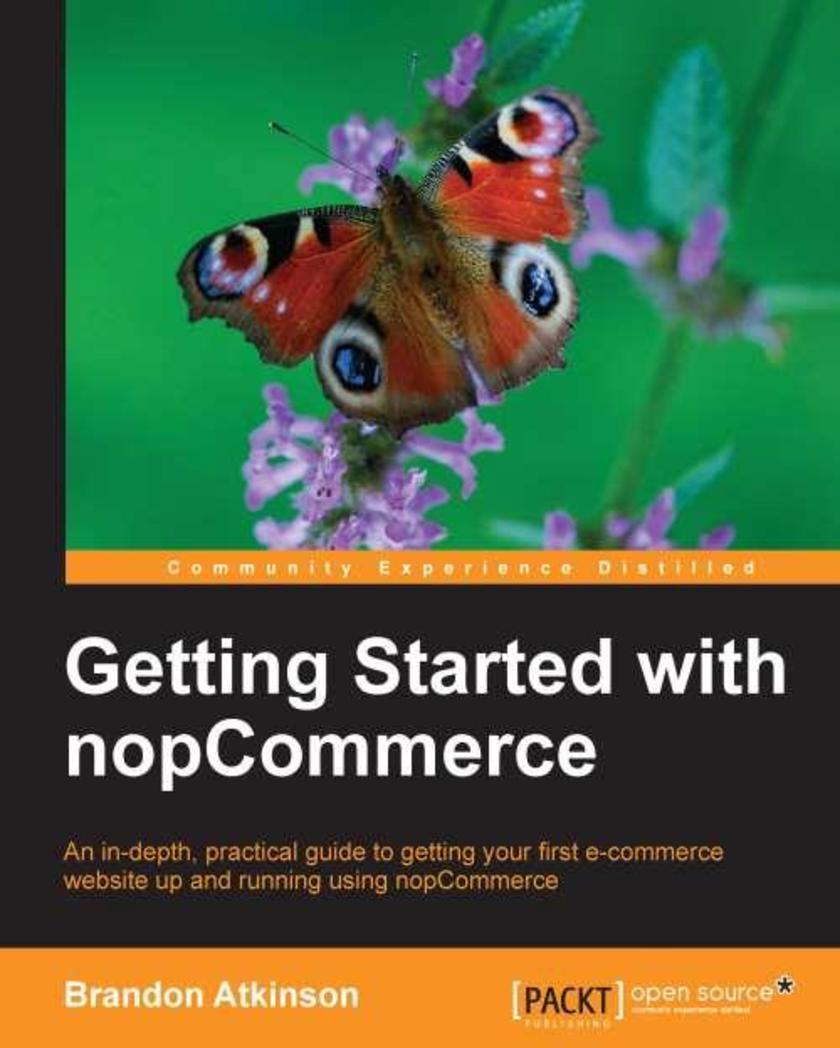
Getting Started with nopCommerce
¥63.21
A friendly, tutorial style book, which will help you learn your way through creating a live storefront with nopCommerce in a step-by-step manner.Getting Started with nopCommerce is for anyone who wants to sell products online using nopCommerce. If you are a non-technical person and are discouraged by the complexity of this powerful e-commerce application, then this book is for you.
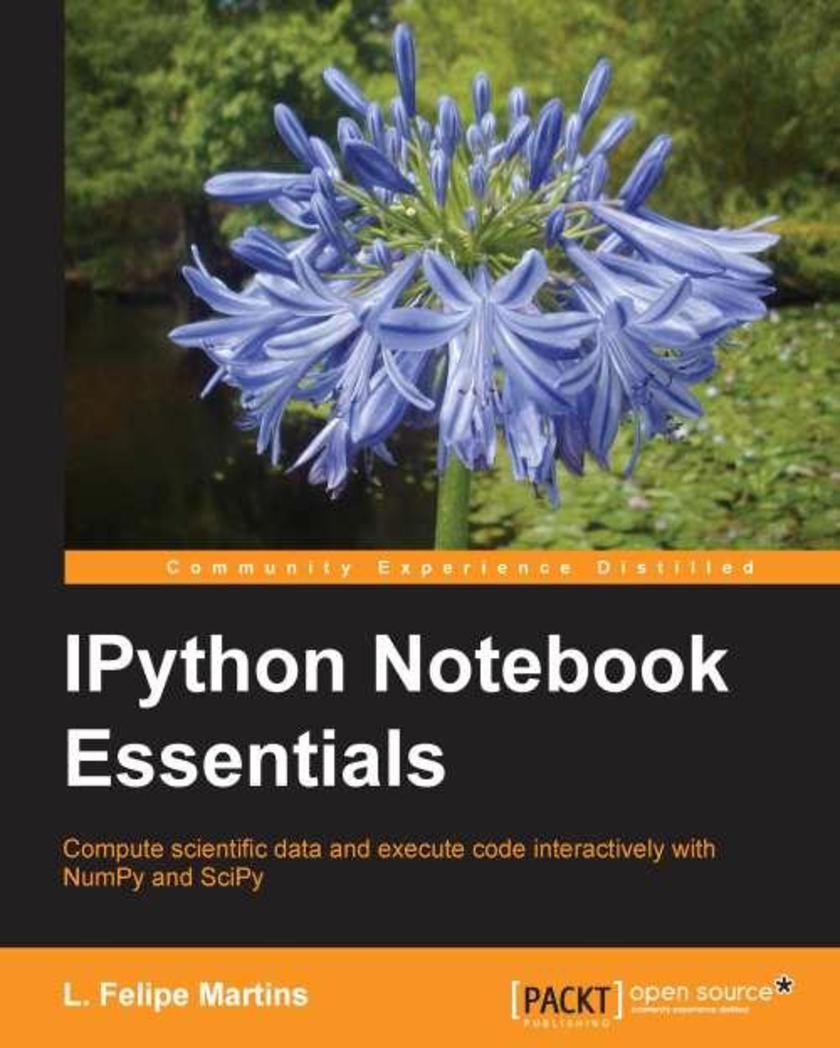
IPython Notebook Essentials
¥63.21
If you are a professional, student, or educator who wants to learn to use IPython Notebook as a tool for technical and scientific computing, visualization, and data analysis, this is the book for you. This book will prove valuable for anyone that needs to do computations in an agile environment.
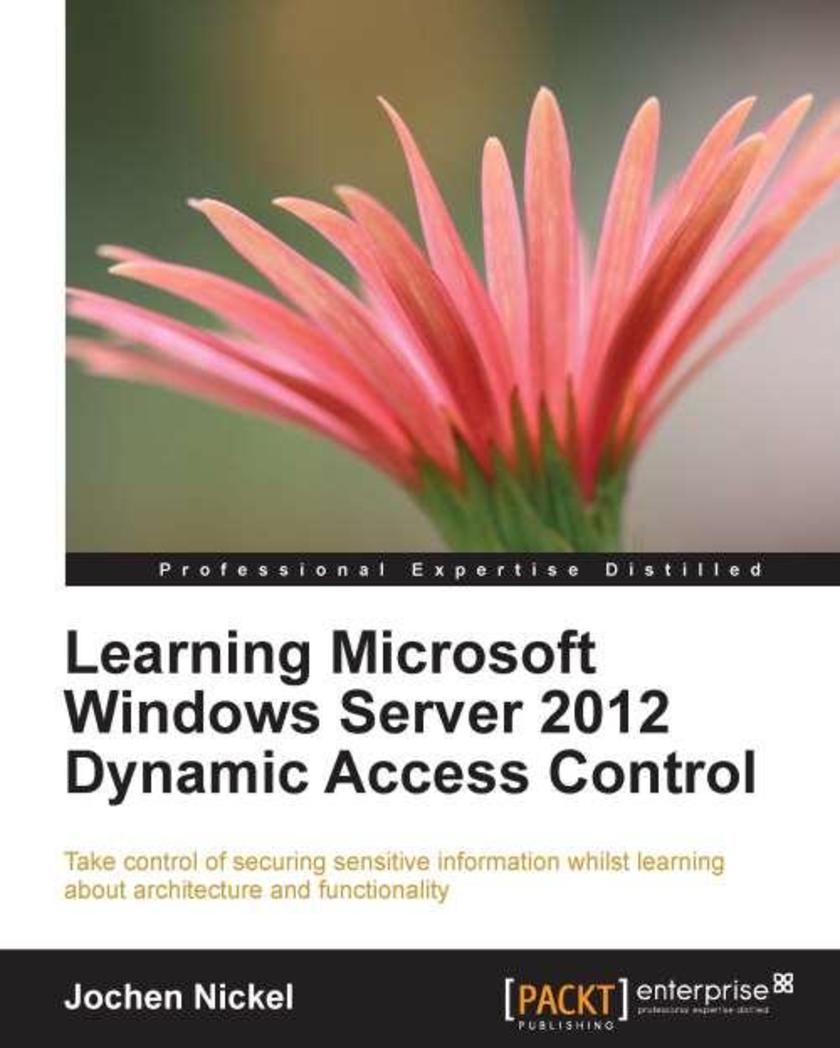
Learning Microsoft Windows Server 2012 Dynamic Access Control
¥63.21
This practical tutorial-based book is filled with information about the architecture, functionality, and extensions of Microsoft Windows Server 2012 Dynamic Access Control.If you are an IT consultant/architect, system engineer, system administrator, or security engineers planning to implement Dynamic Access Control in your organization, or have already implemented it and want to discover more about the abilities and how to use them effectively, this book will be an essential resource. You should have some understanding of security solutions, Active Directory, Access Privileges/ Rights and Authentication methods, and a fundamental understanding of Microsoft technologies. Programming knowledge is not required but can be helpful for using PowerShell or the APIs to customize your solution.
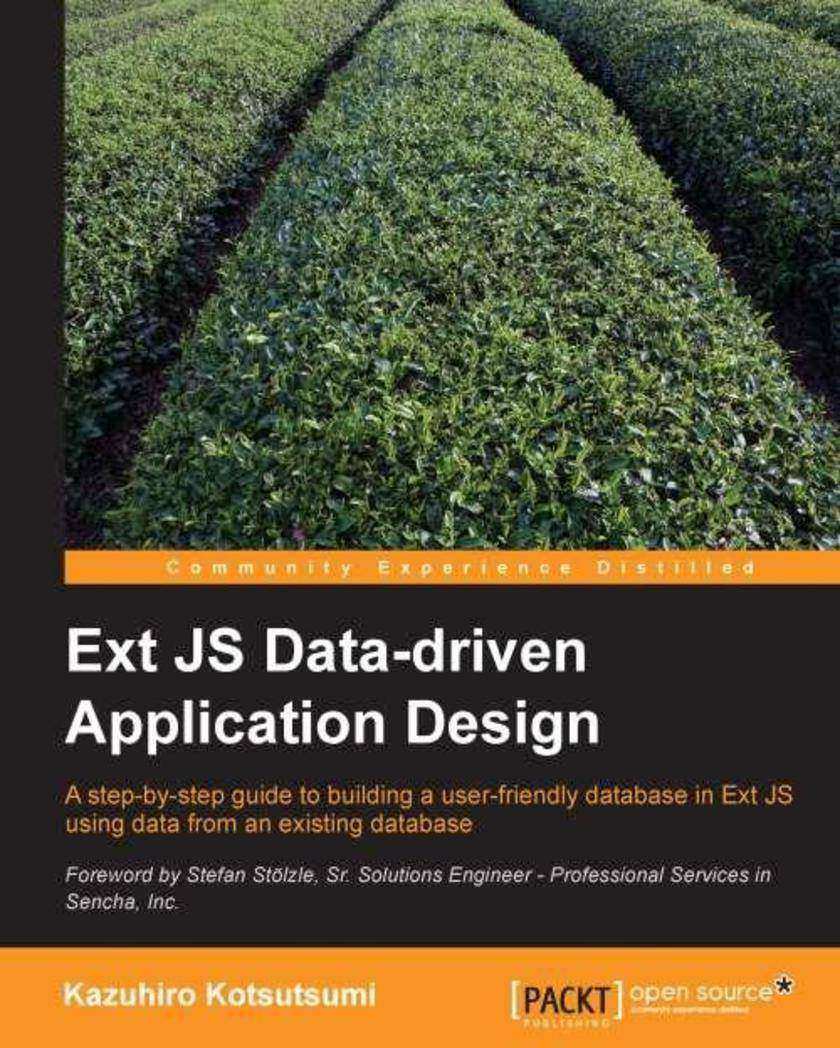
Ext JS Data-Driven Application Design
¥63.21
An in-depth tutorial that teaches you the basics of data-driven applications, and how to design and implement them using Ext JS.If you are an intermediate in Sencha Ext JS, "Ext JS Data-Driven Application Design" is the tutorial for you. You need to be familiar with JavaScript and have basic operational knowledge of MySQL. If you want to be able to systematically construct an application from the first step to implementation, this book will be useful for you.

Discovering Business Intelligence using MicroStrategy 9
¥63.21
This is a step-by-step tutorial that covers the basics of working with the MicroStrategy platform.If you are a BI developer who would like to use MicroStrategy to build BI apps, this book is ideal for you. This book is also for mid-management executives who need to analyze data and Excel files that are too complicated to manage. A basic concept of BI is assumed.
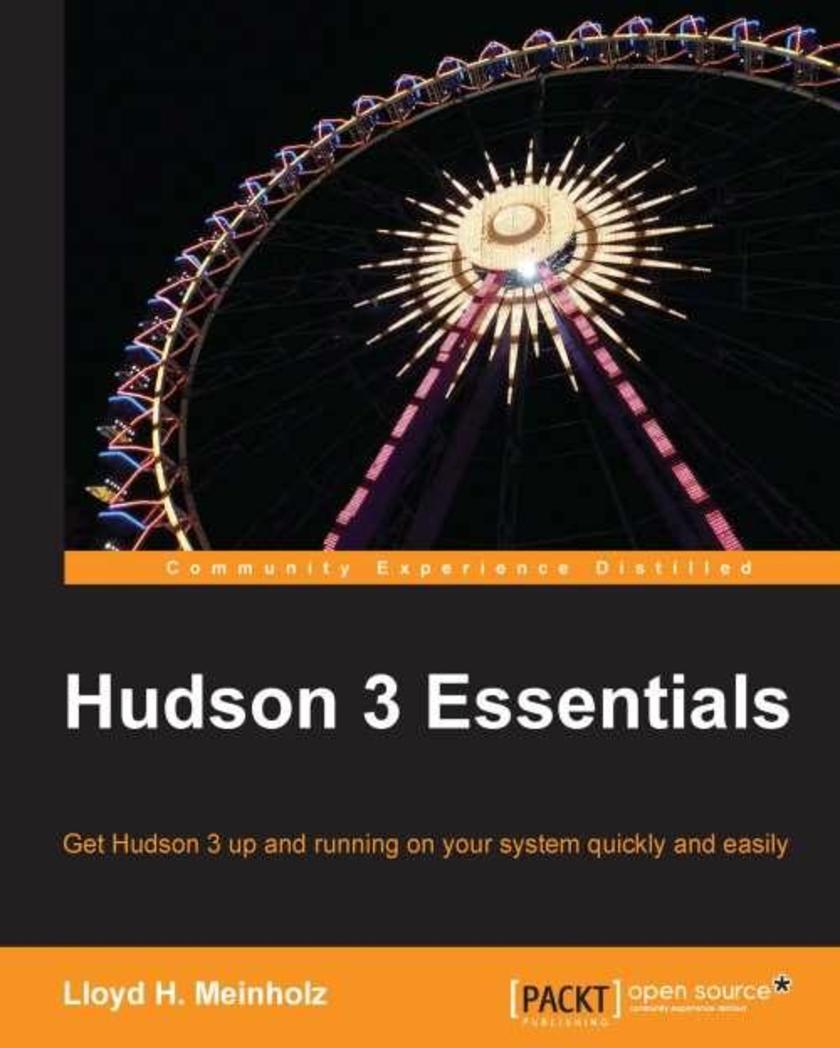
Hudson 3 Essentials
¥63.21
A practical guide, packed with illustrations, that will help you become proficient with Hudson and able to utilize it how you want.If you are a Java developer or administrator who would to like automate some of the mundane work required to build and test software and improve software quality, this is the book for you. If you are a development manager or tester, you can also benefit from learning how Hudson works by gaining some insight into test results and historical trends.
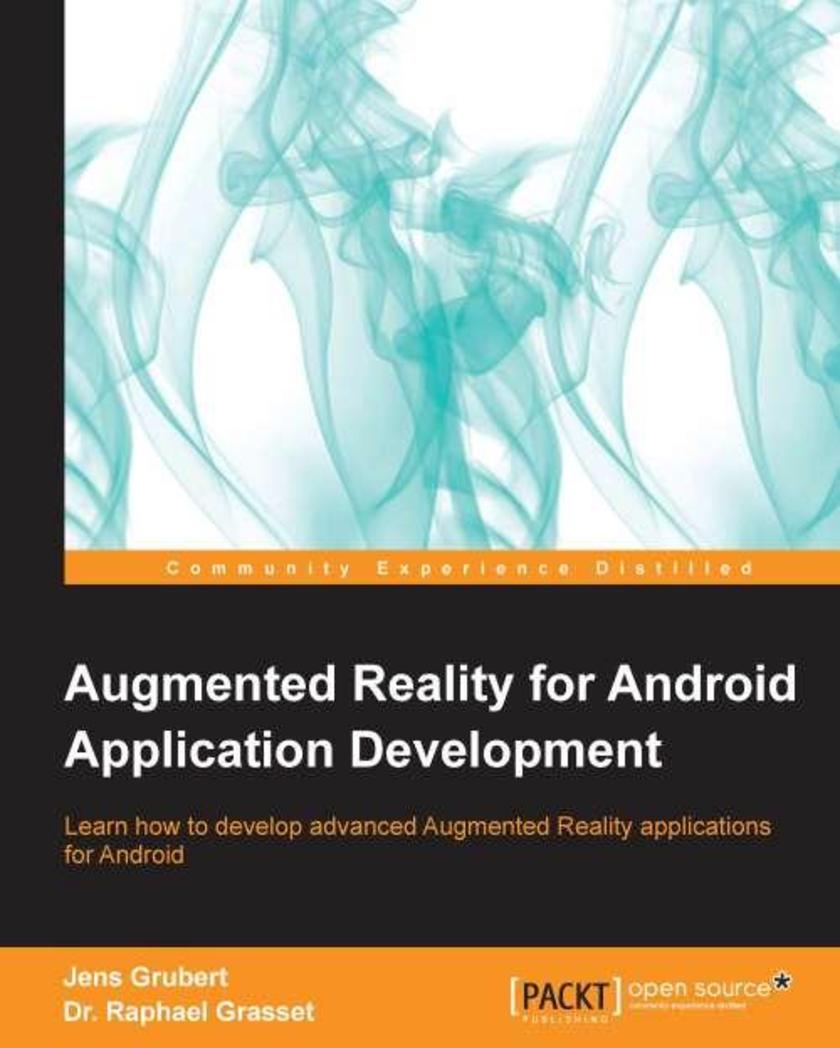
Augmented Reality for Android Application Development
¥63.21
A step-by-step tutorial-based guide aimed at giving you hands-on practical experience to develop AR applications for Android.Augmented Reality for Android Application Development is for Android mobile application developers who are familiar with Android Development Tools and deployment, JMonkeyEngine, and the Vuforia SDK.
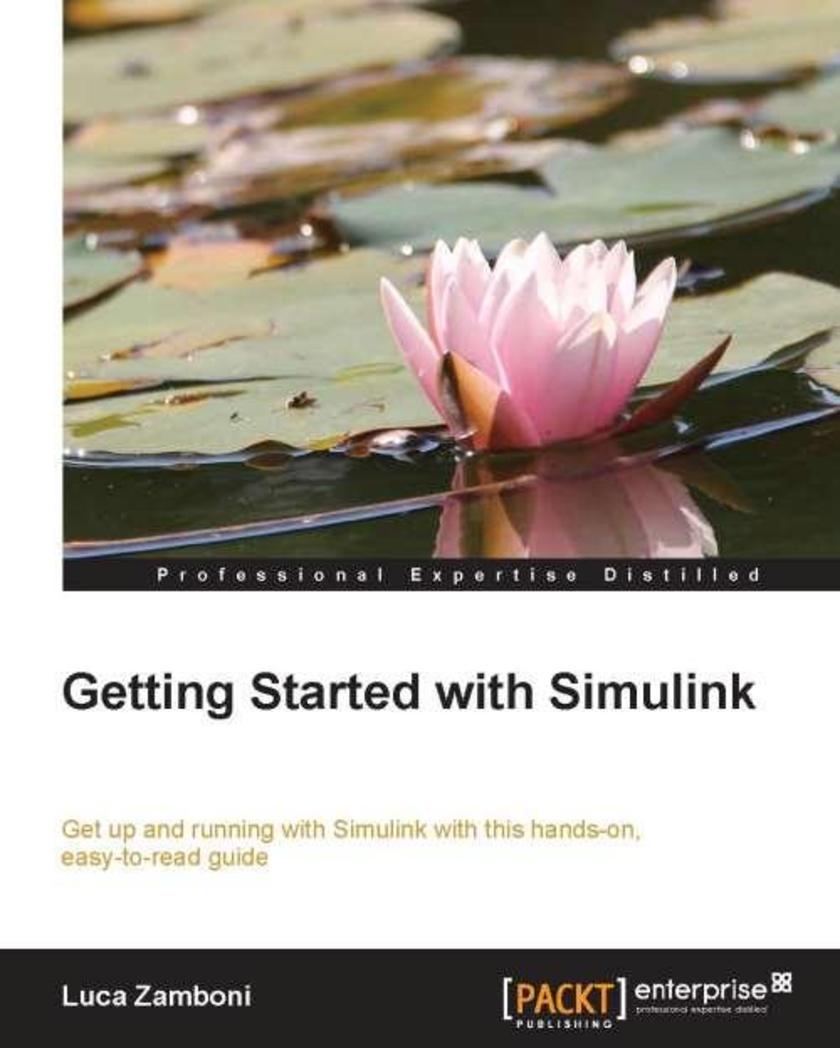
Getting started with Simulink
¥63.21
This practical and easy-to-understand learning tutorial is one big exciting exercise for students and engineers that are always short on their schedules and want to regain some lost time with the help of Simulink.This book is aimed at students and engineers who need a quick start with Simulink. Though it's not required in order to understand how Simulink works, knowledge of physics will help the reader to understand the exercises described.
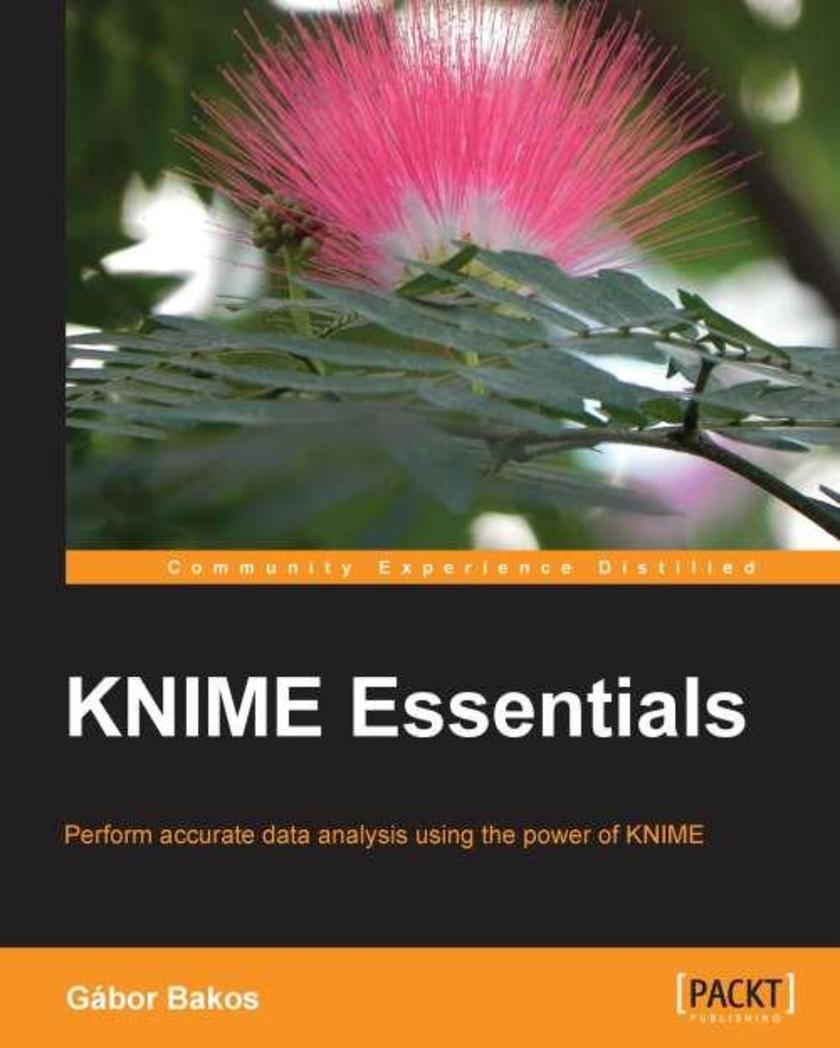
KNIME Essentials
¥63.21
KNIME Essentials is a practical guide aimed at getting the results you want, as quickly as possible."Knime Essentials" is written for data analysts looking to quickly get up to speed using the market leader in data processing tools, KNIME. No knowledge of KNIME is required, but we will assume that you have some background in data processing.
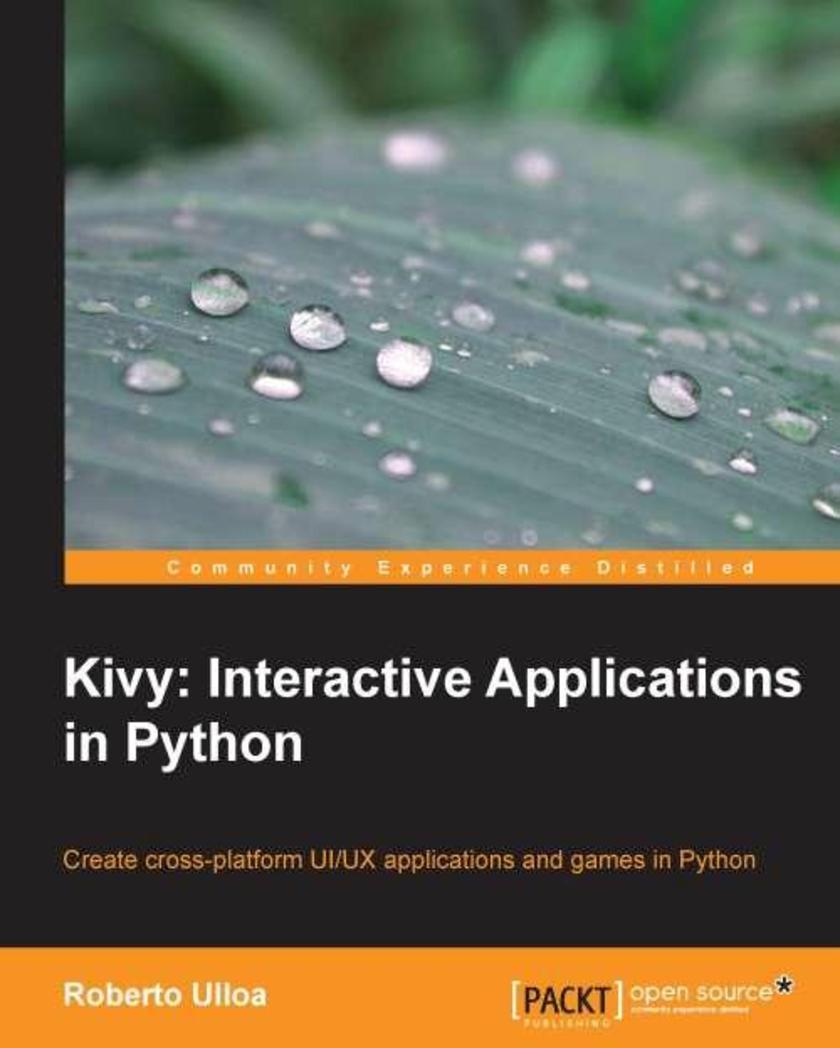
Getting Started with Kivy
¥63.21
into the world of Kivy.This book is aimed at Python developers who are familiar with Python and have a good understanding of concepts like inheritance, classes, and instances. No previous experience of Kivy is required, though some knowledge of event handling, scheduling, and user interfaces, in general, would boost your learning.
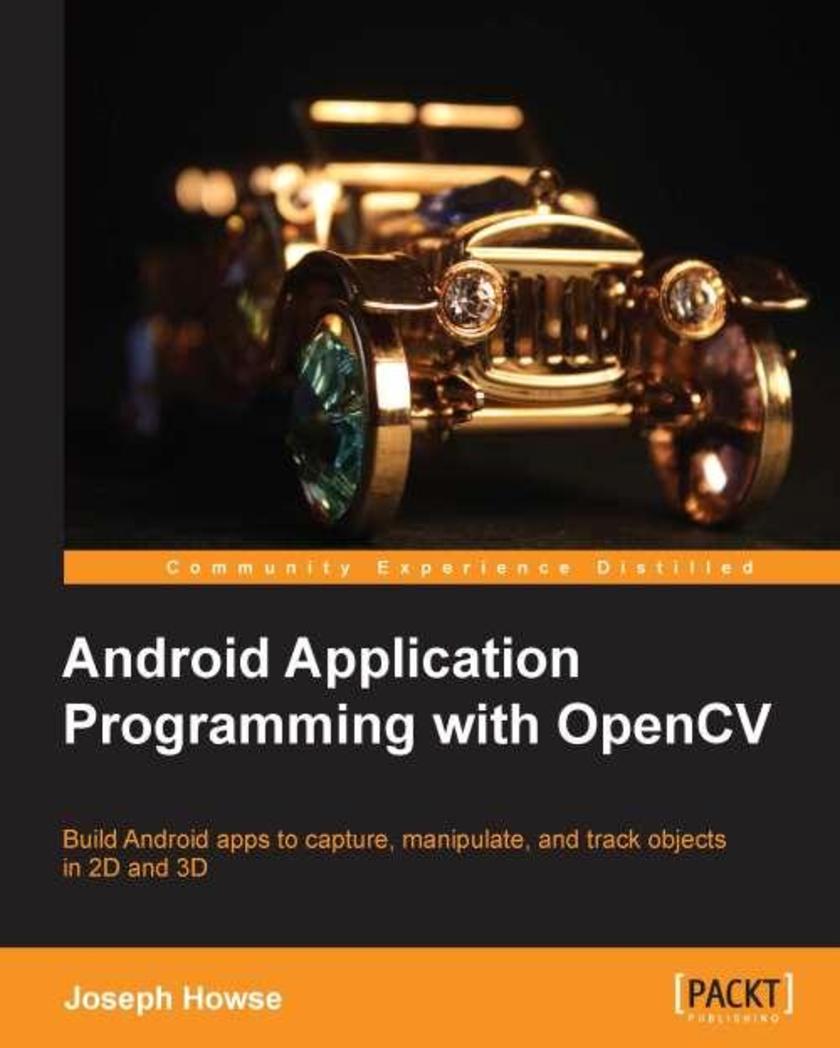
OpenCV Android Application Programming
¥63.21
A step-by-step tutorial to help you master computer vision and mobile app development.This book is for Java developers who are new to computer vision and who would like to learn about how it is used in relation to application development. It is assumed that you have previous experience in Java, but not necessarily Android. A basic understanding of image data (for example pixels and color channels) would be helpful too. You are expected to have a mobile device running Android 2.2 (Froyo) or greater and it must have a camera
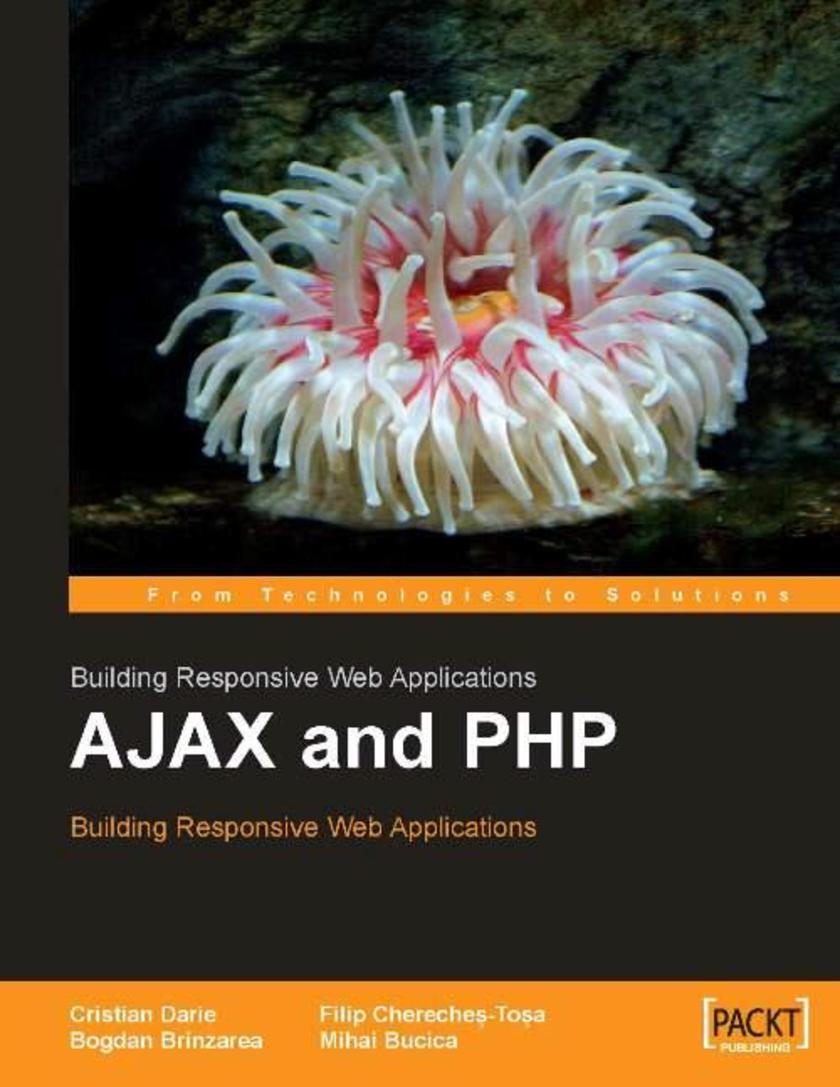
AJAX and PHP: Building Responsive Web Applications
¥63.21
This book is for web developers willing to build better web applications. A basic knowledge of PHP, XML, JavaScript and MySQL, or a strong will to learn-as-you-type, is assumed.
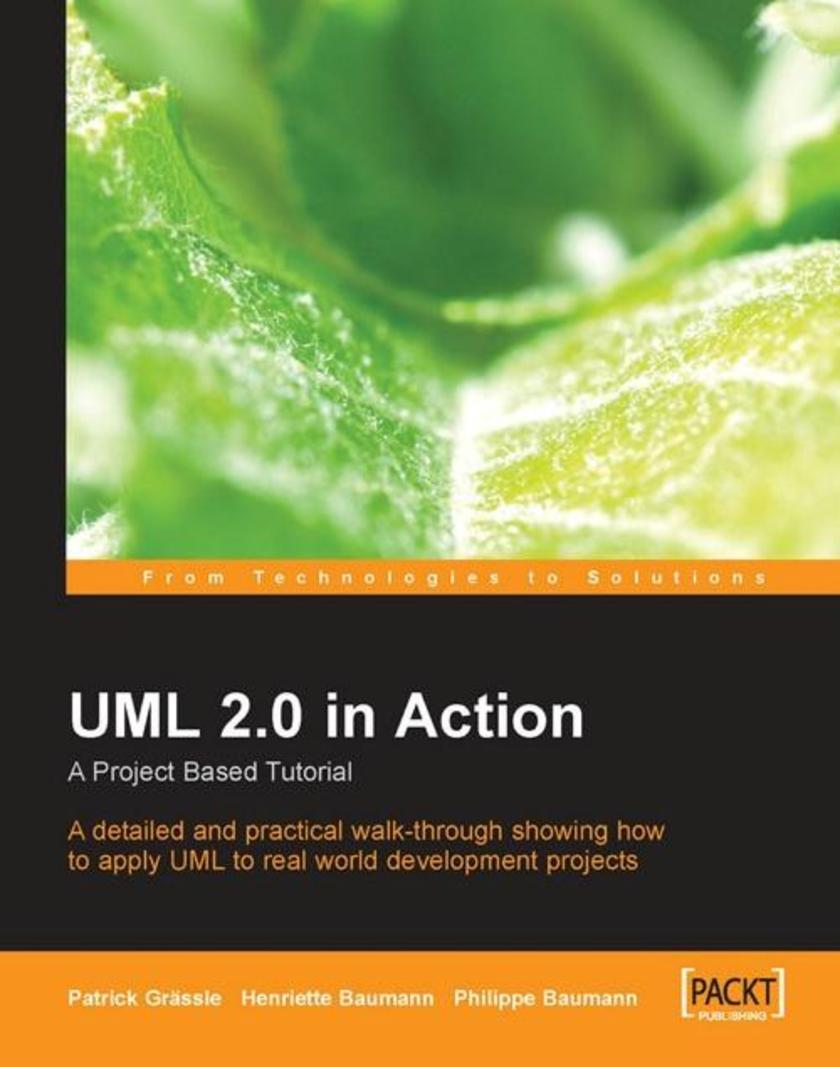
UML 2.0 in Action: A project-based tutorial
¥63.21
The book is uniquely practical. A richly textured case study is used throughout the book. Although some aspects of the Airport Passenger Services business process are simplified for sake of clarity and efficiency, it provides a comprehensive practical grounding for theoretical UML knowledge. The case study itself was developed in partnership with employees of Zurich Airport. The book was written for business analysts, technical architects and developers. It does not require detailed programming knowledge, nor is prior experience of UML mandatory. It shows how, with UML, simple models of business processes and specification models can be created and read with little effort.
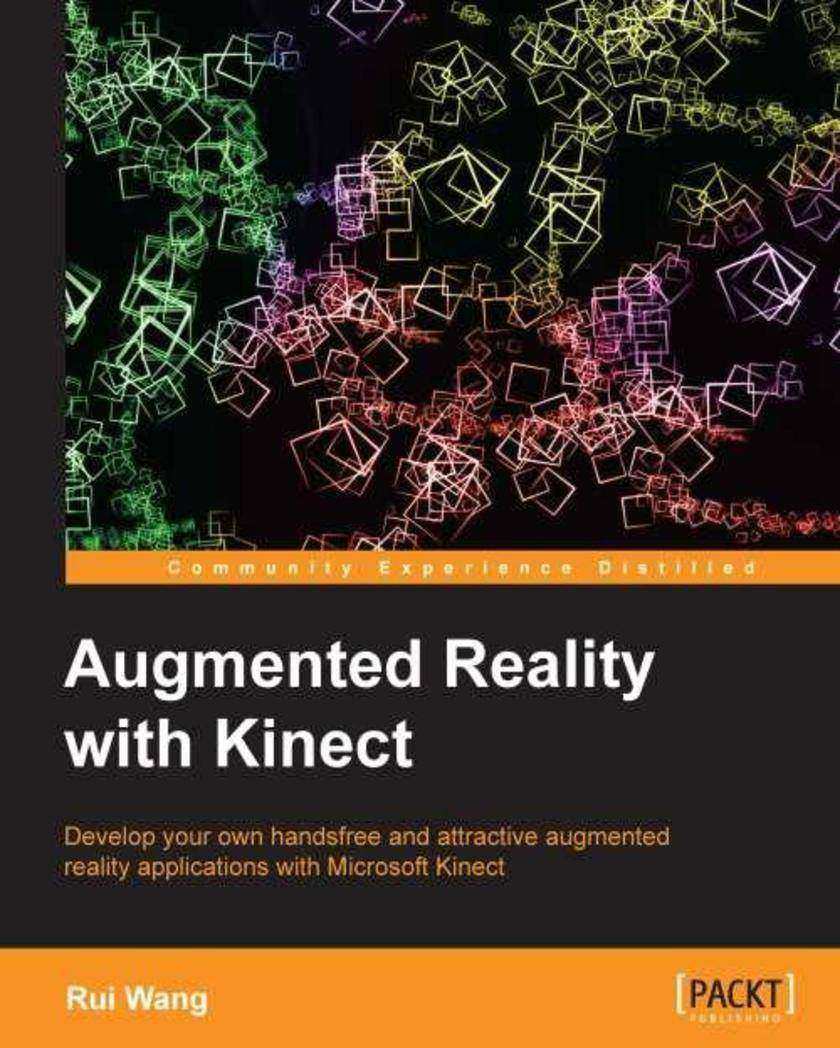
Augmented Reality with Kinect
¥63.21
This book is a mini tutorial with plenty of code examples and strategies to give you many options when building your own applications.This book is meant for readers who are familiar with C/C++ programming and want to write simple programs with Kinect. The standard template library can also be used as it is simple enough to understand.
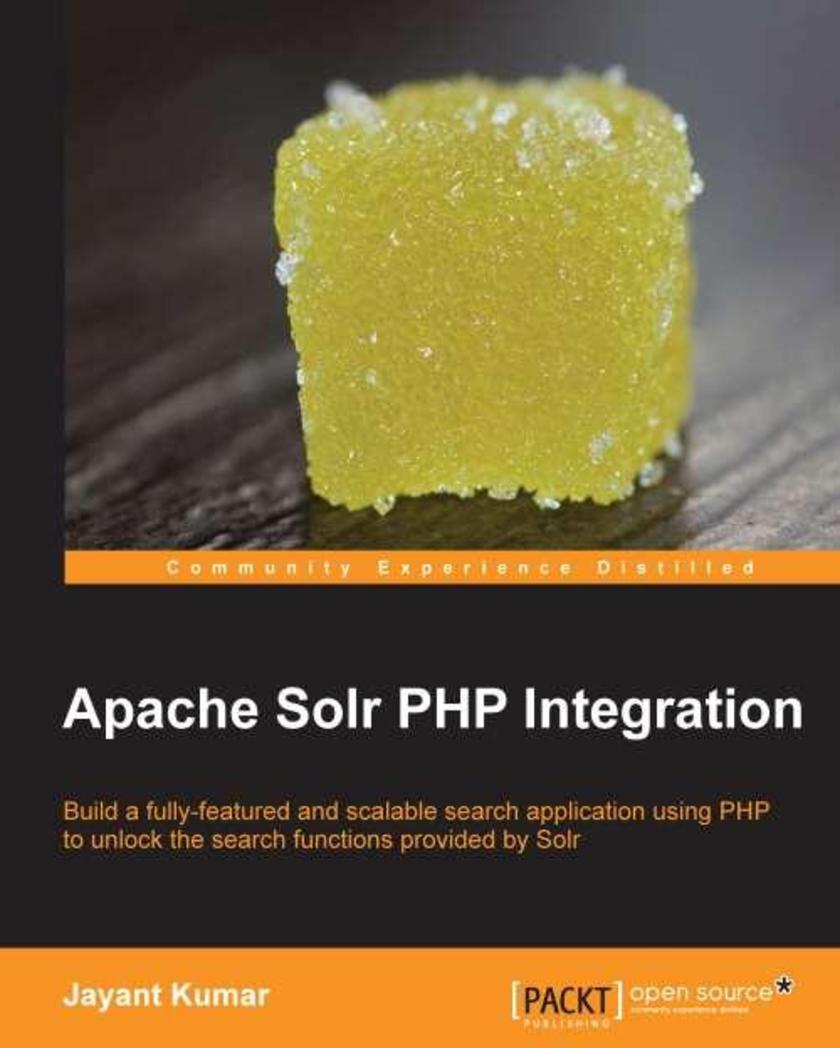
Apache Solr PHP Integration
¥63.21
This book is full of step-by-step example-oriented tutorials which will show readers how to integrate Solr in PHP applications using the available libraries, and boost the inherent search facilities that Solr offers.If you are a developer who knows PHP and is interested in integrating search into your applications, this is the book for you. No advanced knowledge of Solr is required. Very basic knowledge of system commands and the command-line interface on both Linux and Windows is required. You should also be familiar with the concept of Web servers.




 购物车
购物车 个人中心
个人中心



